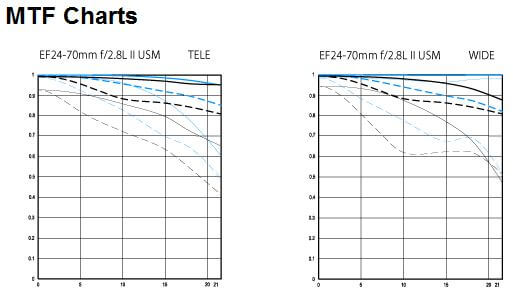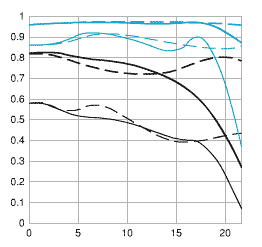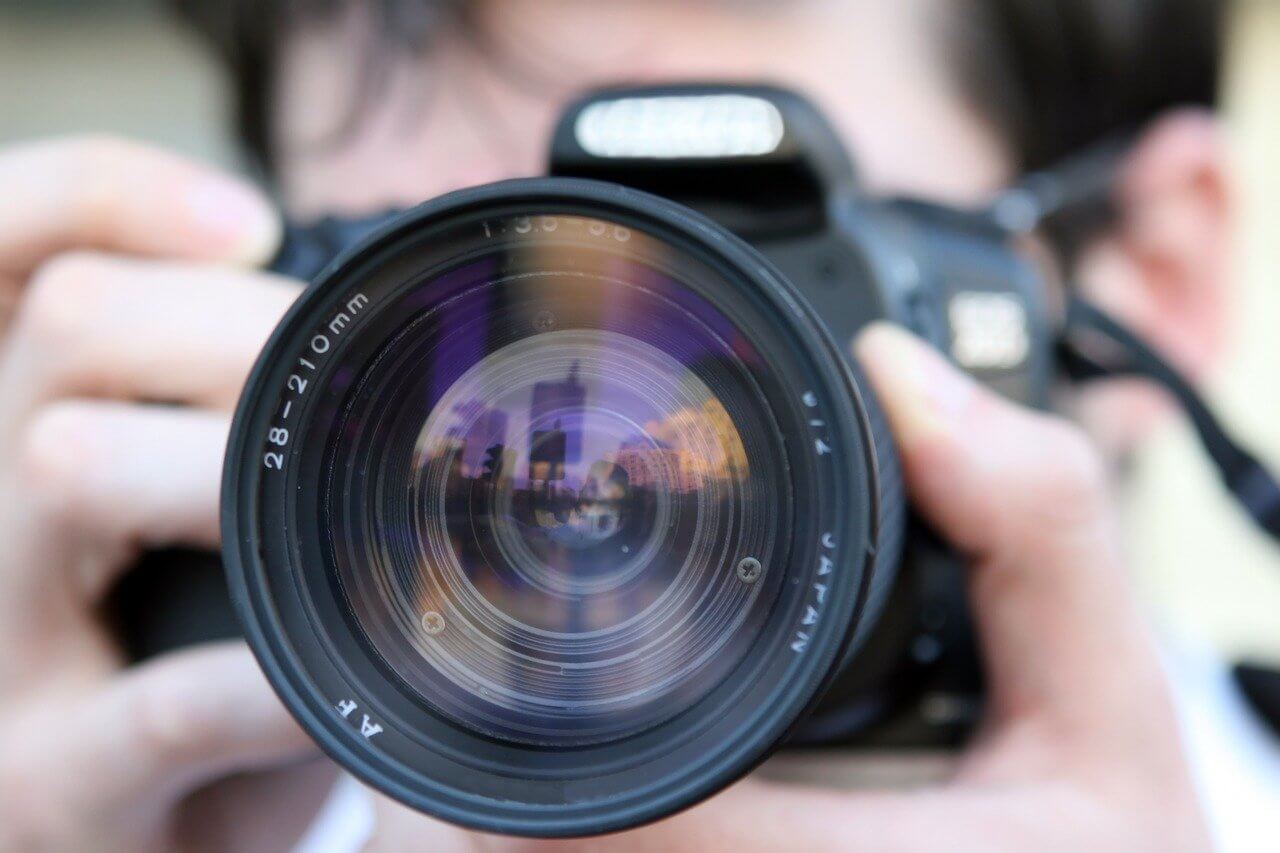So you are ready to buy a new lens. You have saved up some money and willing to branch out a bit and get something else. But what lens to get? After all, there are probably 3,000 lenses made from a variety of manufacturers that will mount to your camera. That is a lot of sorting to do. So how can you choose which one is right for you?
How about the budget?
That is probably the most significant variable right there. You can only buy what you have the cash to buy. If $1000 is your budget, then you can instantly rule out anything priced higher than that.
What are your needs?
It is one that causes beginners to stumble a bit. I get emails all the time asking for guidance on choosing a lens, and when I ask what their needs are, I usually get the following answer: “I want something to shoot portraits, my kid’s baseball game, some landscape, and I would like to be able to get into the macro.” Well, that is a bit too much to ask from one lens. So narrow that down. What is the single most prominent use you plan on applying your lens? That should narrow that pool down even further.
Variable or fixed?
There are two main lens types. A fixed focal length lens means that it does not zoom in or out. Your feet are used to zoom in or out. A variable zoom lens means that the lens does some of that work for you. And a perfect variable zoom lens – if used properly – is like using a box full of fixed focal length lenses. We discuss how to use your lens best here. But before you jump all over a variable zoom based on that statement, understand that these typically have negatives to them as well. First of all, unless you spend a small fortune for that variable zoom lens, a fixed focal length lens tends to offer sharper images. For the most part. Depending on the lens.
MTF Chart
Here is where I insert some opinion on the subject and tell you that it should not even be considered if you cannot see the MTF chart for a given lens. An MTF chart can show you how sharp and clear a picture you can produce with that lens. And that, my friends, is a big deal. Here is what an MTF chart looks like.

Here is how you read that set of graphs above and tell whether that lens is a good one or not.
- The left-hand vertical line measures the amount of light getting through the lens. No lens can let 100 percent of the light through. But the closer to the top of the chart the lines are, the more light gets through. The more light, the better.
- The horizontal line represents the center of the lens to the outside edge. So to the left means dead in the middle of the lens, and the right is the outer edge.
- The higher up the chart, the thick lines are, the higher the contrast. Meaning more clarity.
- The higher up the chart, the thin line is, the sharper the lens will be.
- The black lines show the lens at its widest aperture setting, while the blue lines show the lens stopped down to f/8.
- Anything above an 8, or the second horizontal line from the top, is considered excellent.
Using that information, we can see that this lens is super sharp at wide open at all focal lengths. That is hard for a variable zoom lens to do, but this lens does it. It is the brand new 24-70 F/2.8II from Canon. And it may be THE sharpest lens ever produced from any manufacturer every. That is why Canon charges over $2,000 for it.
Let’s take another look at a much cheaper 50mm F/1.8 lens from the same company for comparison.

Remember everything from the list above and compare the two lenses. You can quickly tell that this lens is not near as sharp, and does not offer near the same level of clarity that the first lens does. This lens, however, is valued at just over $100. Plus, it is a fixed focal length lens at 50mm versus a variable focal length from 24mm to 70mm.
Big difference.
Going through my list from top to bottom, find out your budget, then narrow it down by need, and finally compare that smaller list with the MTF chart by going to the manufacturer’s website. That will allow you to make the right decision on what is best for you.

Leave a Reply